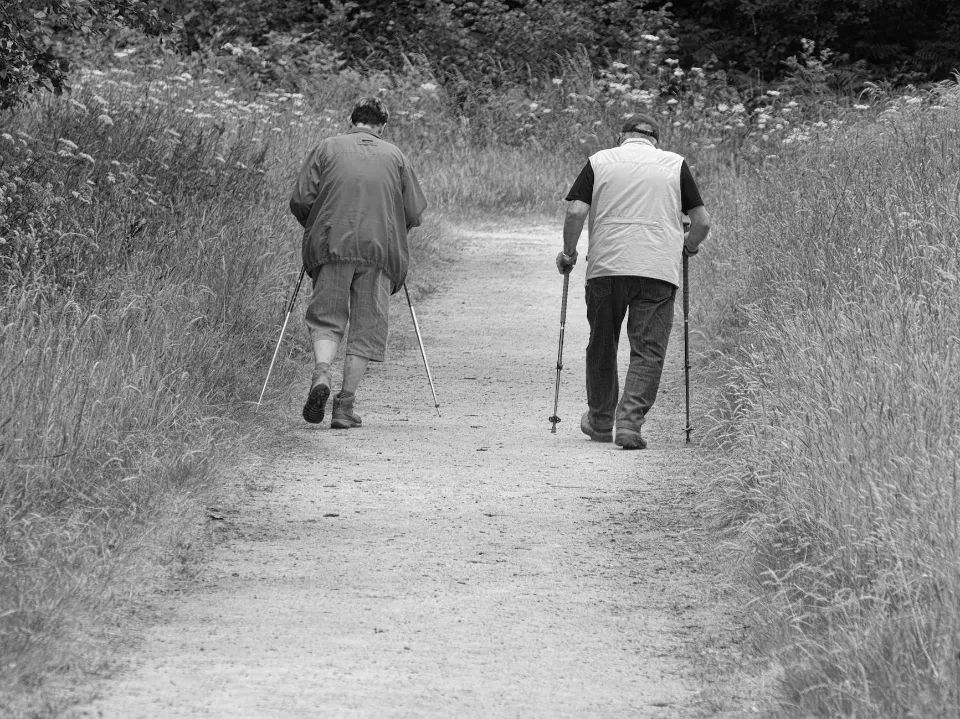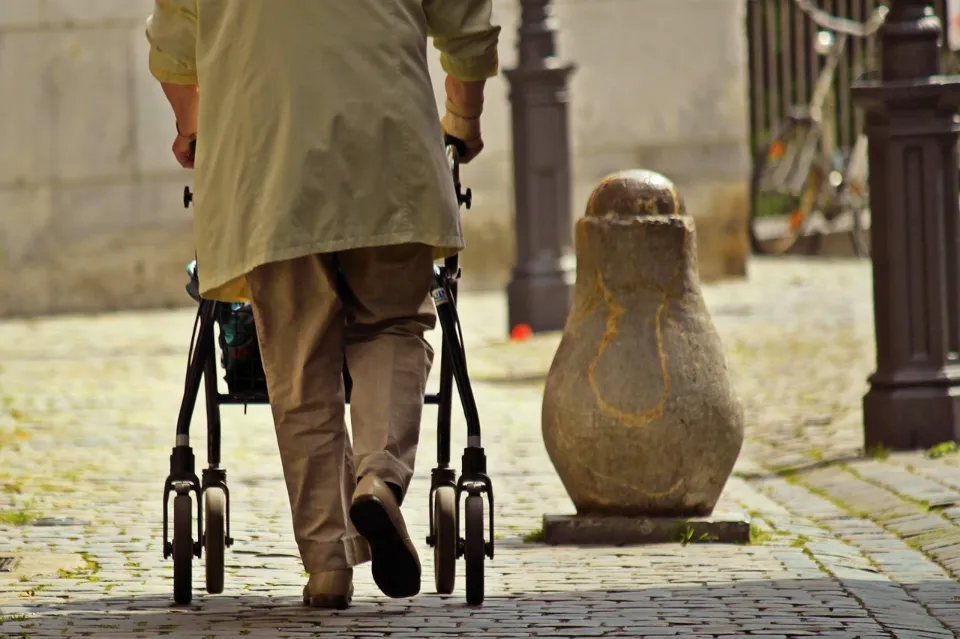Nobody expects or wants to require a wheelchair, cane, or walker. They go about their daily lives and are happy until one day they lose their independence due to an unfortunate event. If you ask any senior citizen what their biggest fear is, they will likely say that it is losing their independence and becoming a burden to their children.
What happens if you want to stop using a walker and continue awakening without help from others? I’ll give you some advice in this article to help you avoid walkers altogether.
Who Needs a Walker?
For some people, making the right decision is simple and obvious. For others, a combination of factors could complicate the process of selection. A therapist should be able to help you determine your needs and find the correct walker or rolling walker for you. There are three basic indicators that a person may need a walker:
Decreased Weight Bearing
You cannot stand on just one or both of your legs. Examples include:
- Fractures that are healing or non-healing
- Wounds on the feet and lower legs that heal slowly
- Arthritis-related pain
- Pain related to poor circulation
- Hip precautions following surgery
- Amputations (hopping) or walking with a prosthesis

Poor Balance
You need help with stability and steadiness. Examples include:
- Neurological conditions such as stroke, multiple sclerosis, cerebral palsy, or
- Diabetic neuropathy
- Low blood pressure
- Dizziness
- Inner ear disturbances
- Slow reflexes to changes in position or body sway
Fatigue Or Decreased Endurance
You get tired easily. Examples include:
- Respiratory conditions and shortness of breath
- Deconditioned physical fitness after an extended illness
- Systemic conditions such as diabetes, MS and Parkinson
- Frailness associated with normal aging
- Arthritis
How to Stop Using a Walker?
These four action steps will help build the health and adaptability you need to do your best to avoid a walker or wheelchair.
Workout
Strength and body awareness are built through exercise. Body awareness can be balance and spacial awareness of your body in relationship to your environment. Think “Feet in relation to the ground.” Strength and body awareness will help you avoid the type of fall that could land you in the grip of a walker. Additionally, exercise helps to maintain cardiovascular health. Like a stroke, not many events require you to relearn how to walk. You can exercise while using a walker if you already have one!
Exercise Your Feet
Your foundation and connection to the earth are your feet. Your feet communicate with your brain about the surface you are standing on and how you are standing, walking, running, and jumping on it. If your feet are flat, damaged or dysfunctional, your messages and control may be inadequate. Your ankles, knees, hips, and spine are also put under stress and instability as a result of flat feet. All of these issues, independently or as a group, make you more susceptible to a fall or injury that will require the use of a walker. Winter shoe spikes are another option for providing support for your feet. In colder climates, slipping on the ice is a major cause of hip and pelvic fractures, which may necessitate the use of a wheelchair, cane, or walker.
Avoid Smoking & Drinking
Anything, including diet, that may lead to poor health in your heart and blood vessels, is bad. A stroke is a genuine risk. Your brain’s capacity to regulate movement throughout your body can be harmed by a stroke. Sometimes you are considered “lucky” to be able to move with a walker after a stroke. You may not move at all on occasion.

Chiropractic Care
Chiropractic treatment controls how well your body can move, support itself in a straight position, and most importantly, it aims to improve brain and nerve control over your entire body. Your nervous system governs not only all of your bodily functions, including those of your heart and stomach, but also those of your balance, reflexes, movement, quickness, and capacity for healing! You may be more likely to lose your balance, fall and break a hip if your spine or pelvis is misaligned in a way that reduces nerve control. You may recover so slowly that you end up needing a walker. Chiropractors connect your brain to your body, and your body to better biomechanics, better overall function, and better healing.
The Potential Risks of a Walker
According to the National Center for Injury Prevention, although there are exercises they can do to speed up their recovery, such as these 5 Great Rotator Cuff Surgery Recovery Exercises, up to 47,300 people over 65 visit the ER each year due to a fall while using a walking aid, hurting their knees or possibly their shoulders. Additionally, using a cane is much less likely to result in a fall than using a walker.
Women in their 70s and 80s are more likely to trip while using a walker, which increases their risk of suffering a fracture, bruise, or sprain. Additionally, more women than men use walkers, and frequently, women are weaker and less able to support their own weight. The majority of accidents involving walkers take place at home, and about one-third of these occur while the user is moving around.
To ensure that you use your walker safely, the recommends the following:
- Make sure you select the appropriate kind of walker. A non-wheeled walker is necessary if stability is a serious concern. If you require assistance with walking, the two-wheel walker will let you put weight on it as you move forward. With a four wheel walker, you can move more quickly if you don’t need to lean on it to stay upright.
- Most walkers come with cheap plastic handles, but you can upgrade to better handles, like the Crutcheze Contoured Walker Hand Pads shown below. Consider using a larger grip if you struggle with hand arthritis.
- To lessen stress on your neck and shoulders, make sure the walker is a good fit by adjusting it so that your arms are as comfortably supported as possible. With your elbows comfortably bent, place your hands on the walker’s grips. Next, let your arms hang down by your sides. The crease on the inside of the wrist should be aligned with the top of the walker.
- Maintain a straight posture as you move with your walker. Always remember to enter the walker; never follow it. Do not have the walker too far out in front of you or put the handles too high.
Summary
Although getting rid of a walker can feel liberating, safety must always come first. Avoid overdoing the exercise. Start out short and then build it up as you get stronger.



